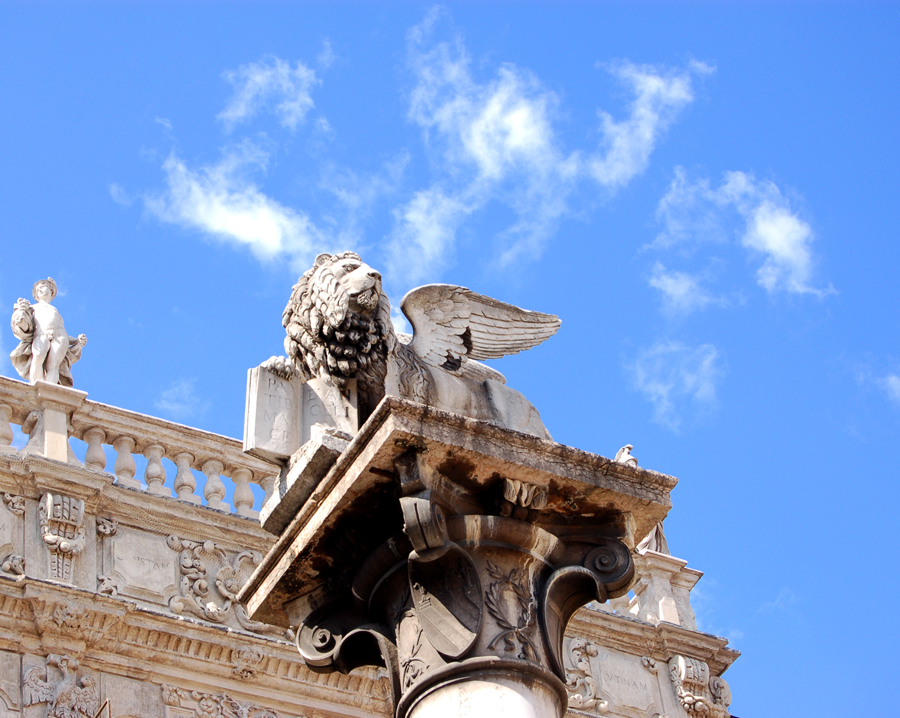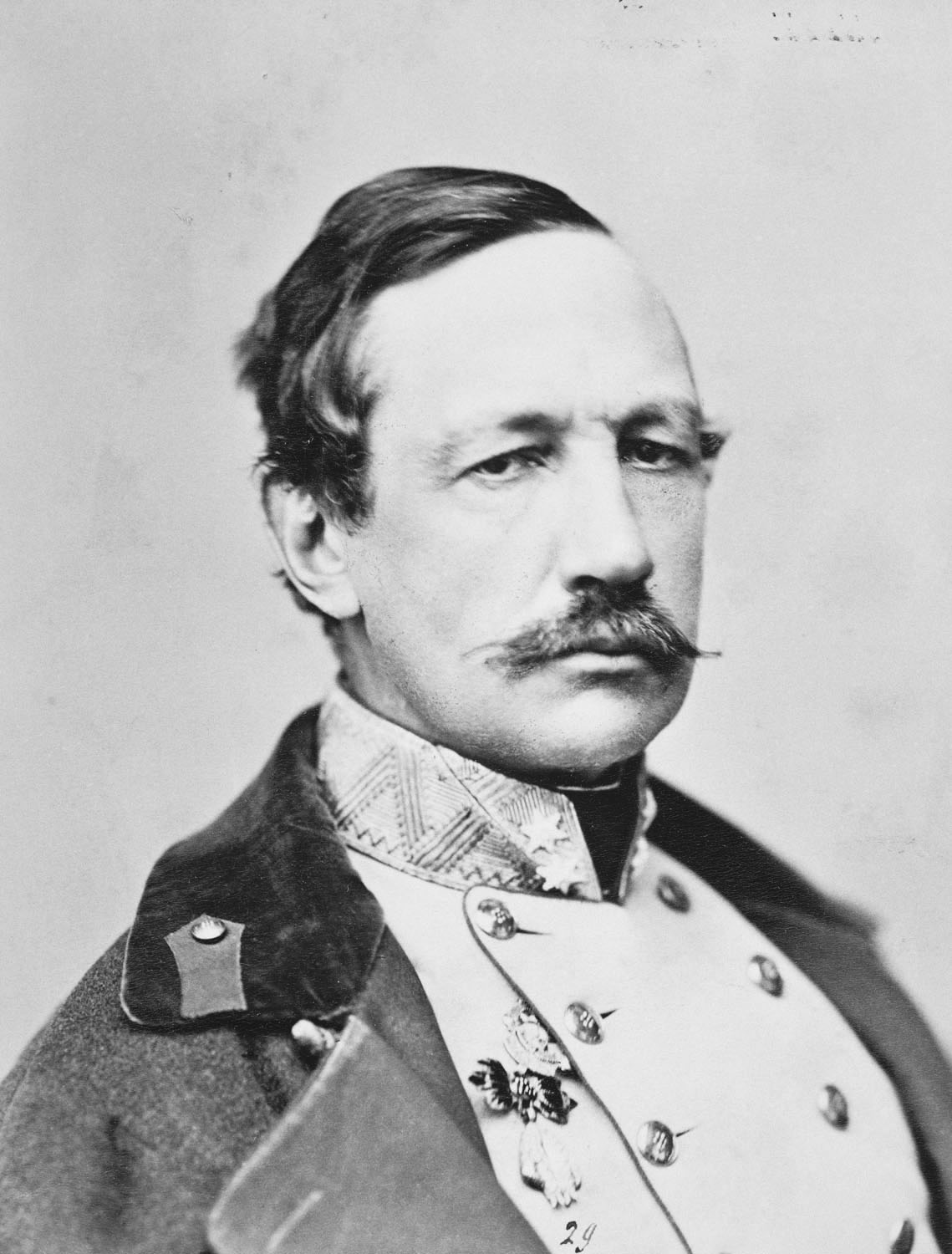|
Adeodato Malatesta
Adeodato Malatesta (May 14, 1806– December 24, 1891) was an Italian painter, trained in a grand Neoclassicism, Neoclassical style, depicting mostly of sacred and historic subjects. Biography Born in Modena, Italy, Malatesta was the third of eleven children of Giuseppe and Carlotta Montessori Malatesta. His father was a captain in the Granducal army of Modena. He spent his childhood in Fiorano Modenese, Fiorano, his father's town of origin, where the family had moved. As his name A deo dato or ''given to god'' implies, Adeodato's father had planned a career for the boy in religious orders, but his maternal uncle seeing his disposition to arts, encouraged the young man to enroll in the (Accademia Atestina), where the Academy's director, professor , seeing the young man's skill, obtained for him a stipend to study in Florence under the Neoclassical artists Pietro Benvenuti, Benvenuti, Giuseppe Bezzuoli, Bezzuoli, and Lorenzo Bartolini, Bartolini. At Florence, for church of San ... [...More Info...] [...Related Items...] OR: [Wikipedia] [Google] [Baidu] |
Teatro Comunale Modena
The Teatro Comunale di Modena (Community Theatre of Modena, renamed in 2007 as Teatro Comunale Luciano Pavarotti and since 2021 called Teatro comunale Pavarotti-Freni) is an opera house in the town of Modena, (Emilia-Romagna province), Italy. The idea for the creation of the present theatre dates from 1838, when it became apparent that the then-existing ''Teatro Comunale di via Emilia'' (in dual private and public ownership) was no longer suitable for staging opera. However, this house had been the venue for presentations of all of the works of Donizetti, Bellini and Rossini up to this time, and a flourishing operatic culture existed in Modena. Under the Mayor of Modena in collaboration with the Conservatorio dell'Illustrissima Comunita (Conservatory of the Most Illustrious Community), architect Francesco Vandelli was engaged to design the ''Teatro dell'Illustrissima Comunita'', as the theatre was first called, "for the dignity of the city and for the transmission of the scenic ar ... [...More Info...] [...Related Items...] OR: [Wikipedia] [Google] [Baidu] |
Order Of The Eagle Of Este
The Order of the Eagle of Este is a knighthood order of the dynastic house of Duchy of Modena and Reggio, a former sovereign state before the Italian unification. The Order was instituted on 27 December 1855 by Francis V of Modena, Duke of Modena and Reggio, to reward the services and the merits of faithful civilians and officers. The order was established under the protection (patronage) of Saint Contardo of Este, a maternal ancestor of the founder (House of Este), and protector of Modena Modena (, ; ; ; ; ) is a city and ''comune'' (municipality) on the south side of the Po Valley, in the Province of Modena, in the Emilia-Romagna region of northern Italy. It has 184,739 inhabitants as of 2025. A town, and seat of an archbis .... Grades The order is divided in three classes: *Grand Cross *Commander *Knight The class of Grand Cross was limited to a maximum of ten members, the class of Commander to twenty members, and the class of Knights to sixty. Foreigners appointe ... [...More Info...] [...Related Items...] OR: [Wikipedia] [Google] [Baidu] |
Galleria Estense
The Galleria Estense is an art gallery in the heart of Modena, centred around the collection of the House of Este, d’Este family: rulers of Duchy of Modena and Reggio, Modena, Reggio and Duchy of Ferrara, Ferrara from 1289 to 1796. Located on the top floor of the ''Palazzo dei Musei'', on the St. Augustine square, the museum showcases a vast array of works ranging from fresco and oil painting to marble, polychrome and terracotta sculpture; musical instruments; numismatics; curios and decorative antiques. It was publicly established in 1854 by the last duke, Francis V, Duke of Modena, Francis V of Austria-Este, and was relocated in 1894 to its current situation from the Ducal Palace of Modena, Palazzo Ducale. Since 2014, the Gallery has formed a part the Gallerie Estensi, an independent complex of museums merging the Biblioteca Estense, and the Estense Lapidary Museum in Modena, the Ducal Palace of Sassuolo, Palazzo Ducale in Sassuolo and the Pinacoteca Nazionale (Ferrara), Pi ... [...More Info...] [...Related Items...] OR: [Wikipedia] [Google] [Baidu] |
Ludovico Antonio Muratori
Lodovico Antonio Muratori (21 October 1672 – 23 January 1750), commonly referred to in Latin as Muratorius, was an Italian Catholic priest, notable as historian and a leading scholar of his age, and for his discovery of the Muratorian fragment, the earliest known list of New Testament books. Biography Born to a poor family in Vignola, near Modena, he was first instructed by the Jesuits, studied law, philosophy, and theology at the University of Modena, and was ordained a priest in 1694. The following year, he was called to the college of "Dottori" at the Ambrosian Library in Milan, where he immediately started collecting unedited ancient writings of various kinds. His first publication was the ''Anecdota Latina ex Ambrosianæ Bibliothecæ codicibus'' (2 vols., Milan, 1697–98), followed by two other volumes (Padua, 1713). Duke Rinaldo I (1700) appointed him archivist and librarian in Modena's Ducal library, which position he held until his death in that city. In 1716 Murat ... [...More Info...] [...Related Items...] OR: [Wikipedia] [Google] [Baidu] |
Genre Painting
Genre painting (or petit genre) is the painting of genre art, which depicts aspects of everyday life by portraying ordinary people engaged in common activities. One common definition of a genre scene is that it shows figures to whom no identity can be attached either individually or collectively, thus distinguishing it from history paintings (also called ''grand genre'') and portraits. A work would often be considered as a genre work even if it could be shown that the artist had used a known person—a member of his family, say—as a model. In this case it would depend on whether the work was likely to have been intended by the artist to be perceived as a portrait—sometimes a subjective question. The depictions can be realistic, imagined, or romanticized by the artist. Because of their familiar and frequently sentimental subject matter, genre paintings have often proven popular with the bourgeoisie, or middle class. Genre subjects appear in many traditions of art. Painted decora ... [...More Info...] [...Related Items...] OR: [Wikipedia] [Google] [Baidu] |
Verona
Verona ( ; ; or ) is a city on the Adige, River Adige in Veneto, Italy, with 255,131 inhabitants. It is one of the seven provincial capitals of the region, and is the largest city Comune, municipality in the region and in Northeast Italy, northeastern Italy. The metropolitan area of Verona covers an area of and has a population of 714,310 inhabitants. It is one of the main tourist destinations in Northern Italy because of its artistic heritage and several annual fairs and shows as well as the Opera, opera season in the Verona Arena, Arena, an ancient Ancient Rome, Roman Amphitheatre, amphitheater. Between the 13th and 14th centuries, the city was ruled by the Scaliger, della Scala family. Under the rule of the family, in particular of Cangrande I della Scala, the city experienced great prosperity, becoming rich and powerful and being surrounded by new walls. The della Scala era is preserved in numerous monuments around Verona. Two of William Shakespeare's plays are set in Ve ... [...More Info...] [...Related Items...] OR: [Wikipedia] [Google] [Baidu] |
Legnago
Legnago (; Venetian: ''Lenjago'') is a town and ''comune'' in the Province of Verona, Veneto, northern Italy, with population (2012) of 25,439. It is located on the Adige river, about from Verona. Its fertile land produces crops of rice, other cereals, sugar, and tobacco. History There are traces of human presence in the area date back to the Bronze Age. Legnago had an important military role since the early Middle Ages. In the 19th century it was one of the Quadrilatero fortresses, the main strongpoint of the Austrian Lombardy-Venetia puppet state during the Italian Wars of Independence. The present fortifications were planned and made in 1815, the older defences having been destroyed by Napoleon I in 1801. Geography Located in the southwestern corner of its province, near the borders with the ones of Rovigo, Padua and Vicenza, Legnago borders with the municipalities of Angiari, Bergantino (RO), Bonavigo, Boschi Sant'Anna, Castelnovo Bariano (RO), Cerea, Minerbe, Terra ... [...More Info...] [...Related Items...] OR: [Wikipedia] [Google] [Baidu] |
Camposanto
Camposanto ( Modenese: ; Mirandolese: ) is a ''comune'' (municipality) in the Province of Modena in the Italian region Emilia-Romagna, located about northwest of Bologna and about northeast of Modena on the Panaro river. Although the name in Italian literally means "holy field", which normally means "cemetery" in Italian, its original (Latin) name, "Campus Sanctus", probably honoured the 14th century Ferrara Ferrara (; ; ) is a city and ''comune'' (municipality) in Emilia-Romagna, Northern Italy, capital of the province of Ferrara. it had 132,009 inhabitants. It is situated northeast of Bologna, on the Po di Volano, a branch channel of the main ... family of ''Santi'', who owned the land. The Battle of Campo Santo was fought here in 1743. Camposanto borders the following municipalities: Bomporto, Crevalcore, Finale Emilia, Medolla, Ravarino, San Felice sul Panaro, San Prospero. In May 2012 Camposanto was the epicenter of a 6.0-magnitude earthquake. Refere ... [...More Info...] [...Related Items...] OR: [Wikipedia] [Google] [Baidu] |
Ezzelino III Da Romano
Ezzelino III da Romano (25 April 1194, Tombolo, Veneto, Tombolo7 October 1259) was an Italian feudal lord, a member of the Ezzelini family, in the March of Treviso (in modern Veneto). He was a close ally of the emperor Frederick II, Holy Roman Emperor, Frederick II (Reign, r. 1220–1250), and ruled Verona, Vicenza and Padua for almost two decades. He became infamous as a cruel tyrant, and was, in fact, the most "notorious" of the "early tyrants". Biography Early life Ezzelino was a son of Ezzelino II da Romano, ruler of Bassano del Grappa and other fiefs in the Veneto, and Adelaide D'egli Alberti di Mangona, who came from a family of counts in Tuscany. At the age of four years, he was sent as a hostage to Verona, but nothing else is known about his childhood or education. In 1213, he took part in the siege of the castle of Este, Italy, Este, which belonged to his father's archenemy, marquess Azzo VI of Este, who died in 1212 and later to his son Aldobrandino. According to th ... [...More Info...] [...Related Items...] OR: [Wikipedia] [Google] [Baidu] |
Francis V, Duke Of Modena
Francis V, Duke of Modena, Reggio and Guastalla, Archduke of Austria-Este, Royal Prince of Hungary and Bohemia, Duke of Mirandola and of Massa, Prince of Carrara (; 1 June 1819 – 20 November 1875) was a reigning prince. He was Duke of Modena, Reggio, and Mirandola, Duke of Guastalla from 1847 and Duke of Massa and Prince of Carrara from 1846 to 1859. His parents were Francis IV of Modena and Princess Maria Beatrice of Savoy. He was the last reigning duke of Modena before the duchy was incorporated into the Kingdom of Italy. Life and legacy Francis was baptised 5 days after birth by the local archbishop in the local cathedral; Emperor Francis I of Austria, the former Holy Roman Emperor, was his godfather, but his uncle Archduke Ferdinand acted as proxy for the emperor. In 1826 Francis IV of Modena appointed Count Clemente Coronini as tutor to Francis, with Don Pietro Raffaelli, who would later become Bishop of Carpi and Reggio, as his assistant. In 1829, Baron E ... [...More Info...] [...Related Items...] OR: [Wikipedia] [Google] [Baidu] |





